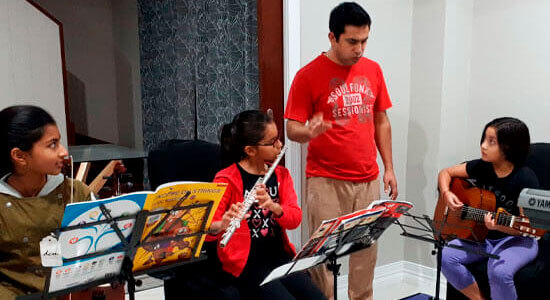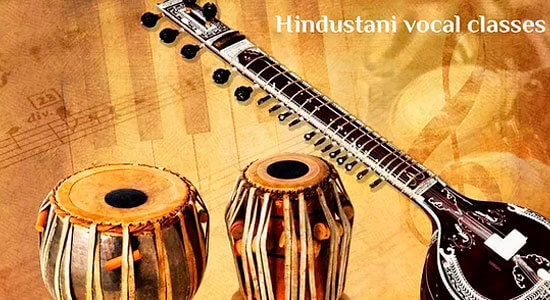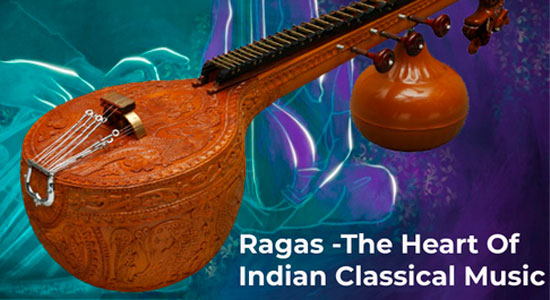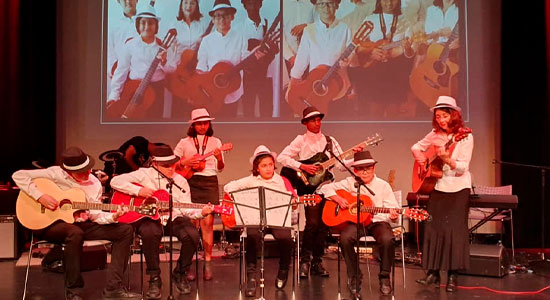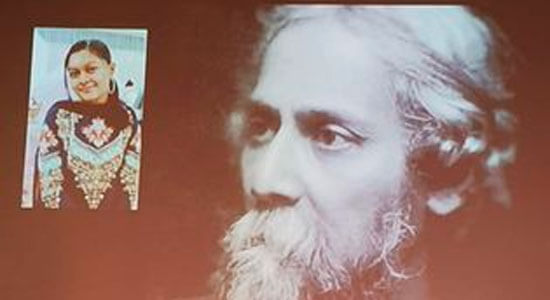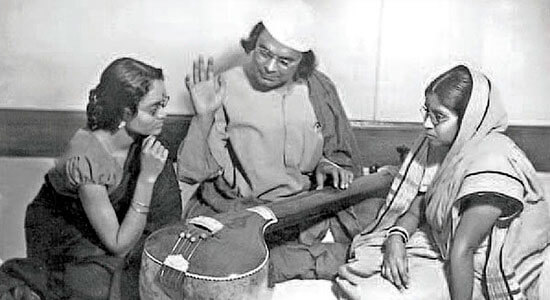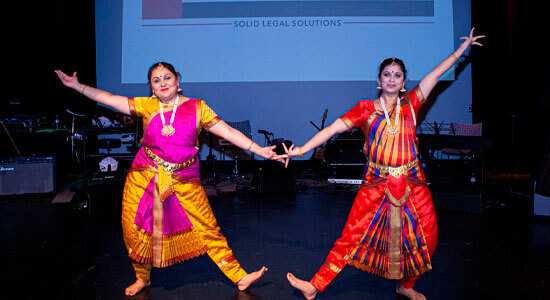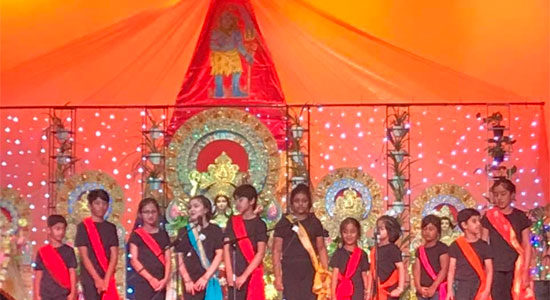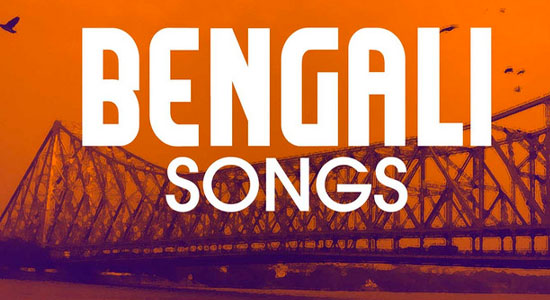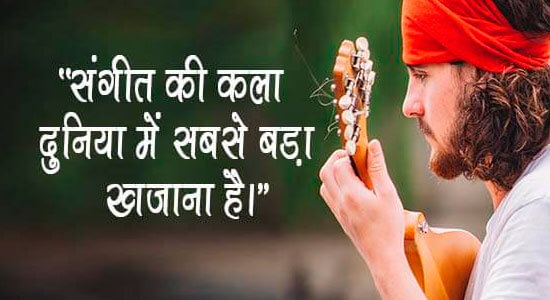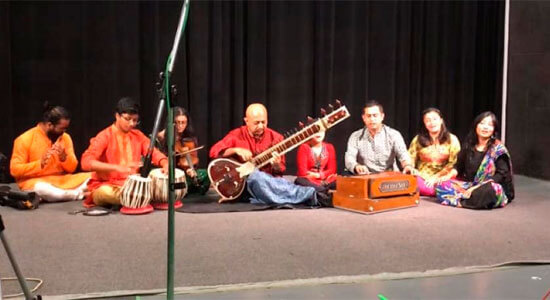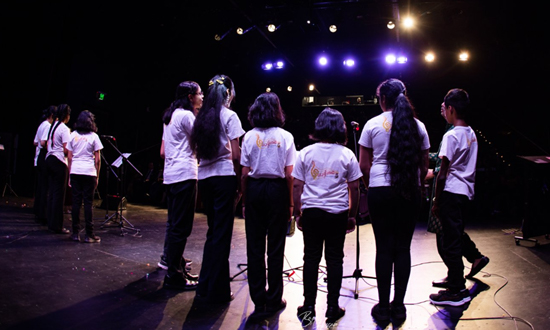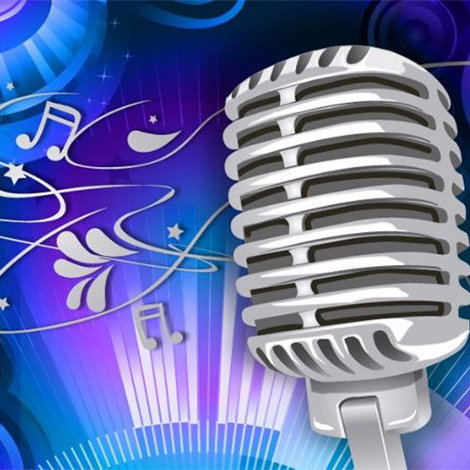
BASIC LESSON
This course is ideal for students looking to take their first steps into the world of Hindustani Vocal Music. The course aims at providing a strong foundation where learning is a process of constant discovery. The student acquires the ability to use basic elements of music (melody and rhythm) to improvise musical phrases. The course will lay the foundation for acquiring clarity of voice and teach how to focus on the stability of the note
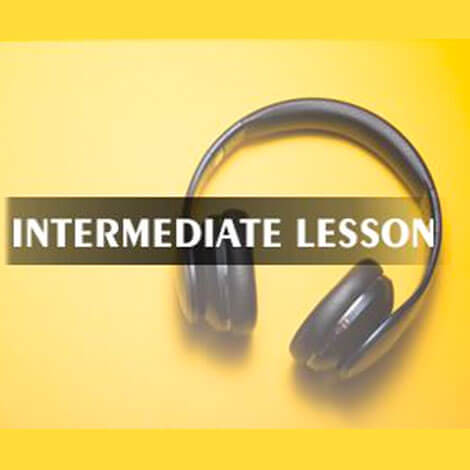
INTERMEDIATE LESSON
After building a strong foundation on the basics of music with the beginner level of music training and music practice, Sargam Musical Academy continues learning further with detailed study of the raagas and taals . The intermediate level music program prepares the music students to confidently perform at professional levels and to experiment and experience the complex music compositions.

ADVANCED LESSON
The advanced level students at Sargam Music Academy further experiment and experience the complex musical compositions and gradually transform themselves from confident music performers to the music composers reaching at the highest levels of creativity in music. With extensive music training and music practice, the vocal music students can sing with highest degrees of perfection in voice
